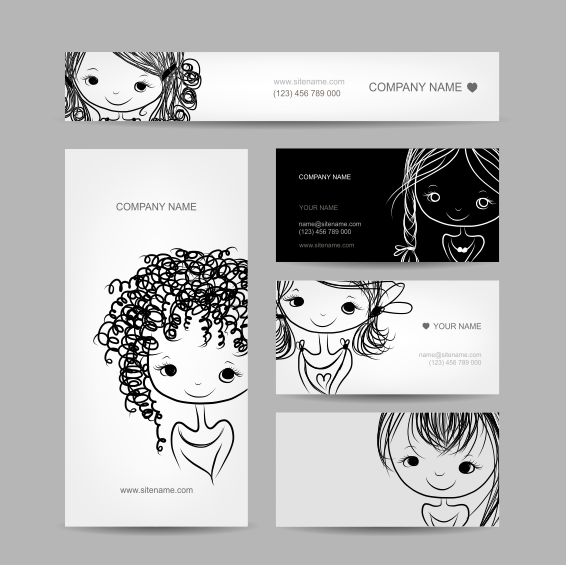A brand style guide is a document that establishes distinct guidelines on how all aspects of a company’s brand should look, sound, and feel. It should include rules for a unified and identifiable presence for the company’s brand, and should be used to help employees properly communicate the message of the brand to internal departments, external vendor partners, and the public. It should answer questions often asked by those responsible for generating forms of communication or design.
A brand style guide dictates the voice and personality of a company and governs all communication driven by the company, which can include collateral, web-driven communication, social media, advertising, design, and personal communication. This document can range from a few pages to several hundred, and should be viewed as the document that controls what the public sees from the company.
Every brand from the solopreneur to the corporate giant needs a set of guidelines and rules to maintain an established identity. Why? Because you don’t want to leave writers and designers without direction when bringing to life materials that represent your business and your brand’s aesthetic. Most “creatives” have a specific personal aesthetic and will default to those aesthetics given the opportunity. To avoid this, you want to make sure they have established guidelines to follow while allowing them to infuse work with their own creative genius.
Your brand style guide should become the “rule book” of your brand. It should be available to anyone influencing the direction of the brand and business to be used as the guideline to follow for all things visual and verbal. So, why is it necessary?
Think about it. How many times have you done something, took great notes, and found yourself referring back to them when something related came up? Imagine if you had to start over every time you encountered something that showed up more than once. Now remember your brand is something that comes up all the time. It will be tweaked, enhanced, and morphed over time to meet audience demand. You will need to create or re-create collateral and marketing efforts to continue to grow your business. Your brand style guide is the reference tool that will save you time so you don’t have to start from scratch each and every time something new is produced related to your brand.
Consistency is essential in forming your audience’s perception of you and your organization. I’m sure you’ve been inside a Target store—probably more than one—and in each store, their logo is sprinkled throughout in a variety of ways with similar signage representing the latest campaign as well as relative similarity in store layout. You know where the greeting cards are located, you know where the toys are, you know where to shop for groceries; this consistency is appreciated (and expected) by consumers. Target has a brand style guide and store layout guidelines among other specifications to ensure this consistency.
When you have an opportunity to do something new, having your style guide to direct you will make it easier for you to make decisions. For example, if you decide to host an event and you want that event branded, you will be able to look at the brand style guide to refer to your primary and secondary color palettes to determine the parameters for choosing colors for the event.
A company style guide can help ensure consistency across all documents by including specific guidelines for the following:
- Brand usage
- Writing style
- Grammar and tone
- Formatting
- Graphics
When creating your brand style guide, you should consider what is most important to your organization, corporate identity, and branding.
Anyone creating marketing material for your company should know your brand well enough to create a consistent look and feel. Whether your internal team or an outside vendor partner created your materials, a customer should be able to identify each piece produced came from the same organization. And, with this document in hand, they should be able to do it… brilliantly!

